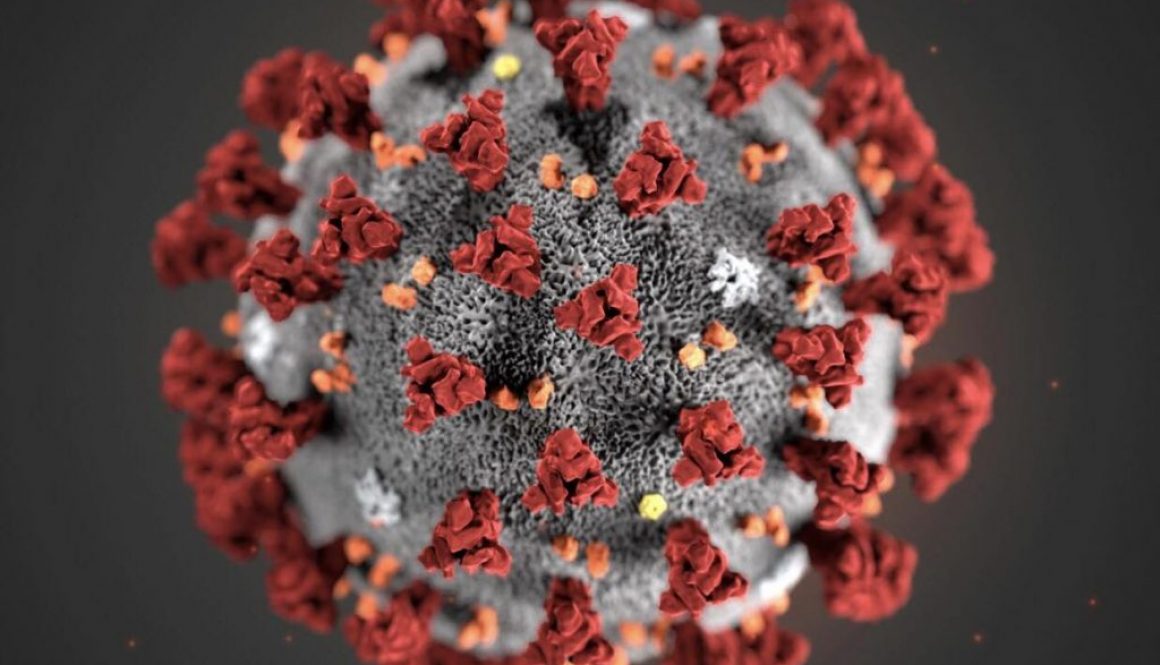ORF3d: A New Gene in SARS-CoV-2
Our paper on ORF3d, a new gene in SARS-CoV-2 that is not present in SARS-CoV, is out today in eLife! We believe ORF3d is important: for a virus with only ~15 genes, one extra could make a big difference, potentially explaining unique aspects of its biology.
ORF3d is an overlapping gene (OLG), that is, a gene within a gene. Because we are accustomed to assuming one gene per genome region, OLGs are often missed. Fig 1A of our paper shows the last part of the SARS-CoV-2 genome, where the novel ORF3d is shown in gold.
Critically, the novel ORF3d in SARS-CoV-2 has been confused with ORF3b in SARS-CoV. However, as our Fig 4A shows, the two genes are unrelated and encode entirely different proteins. This means that knowledge about SARS-CoV ORF3b should not be applied to SARS-CoV-2 ORF3d.
Additionally, our analysis of natural selection in SARS-CoV-2 at three evolutionary levels—between-taxa, between-host, and within-host—reveals important patterns of change. For example, our analysis in Fig 5 suggests that another OLG, ORF3c, is highly functionally constrained in this virus.
We also document evidence for the translation of ORF3d, provide a detailed annotation of the SARS-CoV-2 genome, and more. We hope that our paper will be a useful resource for investigations of this and other genes as we seek to better understand the origins of this pandemic.
This study was ONLY possible because of incredible coauthors Zachary Ardern, Tony L. Goldberg, Chen Meng, Chen-Hao Kuo, Christina Ludwig, Sergios-Orestis Kolokotronis, Xinzhu (April) Wei; Academia Sinica 中央研究院 in Taiwan; the Institute for Comparative Genomics at the American Museum of Natural History; and so many — COUNTLESS — colleagues, friends, and mentors who gave generous feedback. You all make me proud to do science.













